
Moderators: Elvis, DrVolin, Jeff


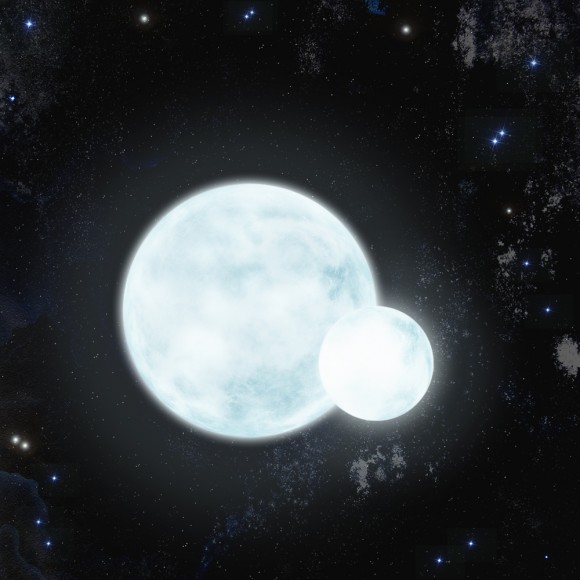
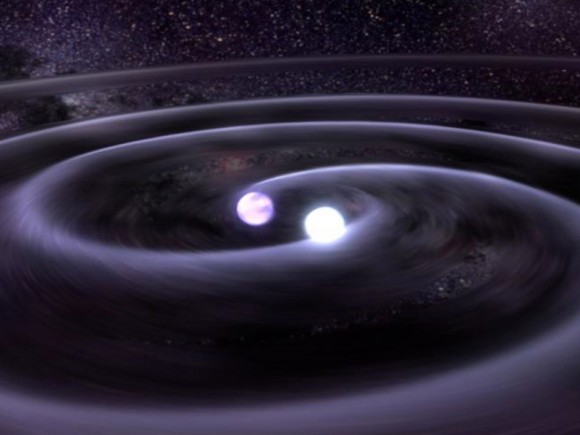
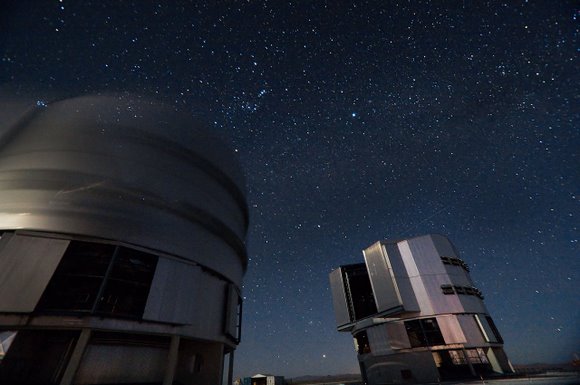

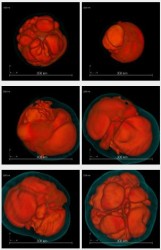 < Turbulent evolution of a neutron star for six moments (0.154, 0.223, 0.240, 0.245, 0.249 and 0.278 seconds) after the beginning of the neutron star formation in a three dimensional computer simulation. The mushroom-like bubbles are characteristic of “boiling” neutrino-heated gas, whereas simultaneously the “SASI” instability causes wild sloshing and rotational motions of the whole neutrino-heated layer (red) and of the enveloping supernova shock (blue). (Images by Elena Erastova and Markus Rampp, RZG)
< Turbulent evolution of a neutron star for six moments (0.154, 0.223, 0.240, 0.245, 0.249 and 0.278 seconds) after the beginning of the neutron star formation in a three dimensional computer simulation. The mushroom-like bubbles are characteristic of “boiling” neutrino-heated gas, whereas simultaneously the “SASI” instability causes wild sloshing and rotational motions of the whole neutrino-heated layer (red) and of the enveloping supernova shock (blue). (Images by Elena Erastova and Markus Rampp, RZG)
 It was built according to a winning design by the architect Jacob Otten Husly for the new society called Felix Meritis established in 1776 for Music, Drawing, Physics, Commerce and Literature in the modern neo-classical style. Husly had won a similar design contest for the city hall of Groningen in the previous year. The building itself was meant to exemplify the Enlightenment ideals the society stood for. The classical temple façade with its colossal Corinthian pilasters and pediment represent the society’s five departments with five sculptures representing the visual arts and architecture, literature, trade, natural sciences and music. The interior includes original 18th-century features such as the central staircase, the oval concert hall (renowned for its acoustics) and the domed roof, underneath which there used to be an astronomical observatory.
It was built according to a winning design by the architect Jacob Otten Husly for the new society called Felix Meritis established in 1776 for Music, Drawing, Physics, Commerce and Literature in the modern neo-classical style. Husly had won a similar design contest for the city hall of Groningen in the previous year. The building itself was meant to exemplify the Enlightenment ideals the society stood for. The classical temple façade with its colossal Corinthian pilasters and pediment represent the society’s five departments with five sculptures representing the visual arts and architecture, literature, trade, natural sciences and music. The interior includes original 18th-century features such as the central staircase, the oval concert hall (renowned for its acoustics) and the domed roof, underneath which there used to be an astronomical observatory. The ASTRA (Ancient instruments Sound/Timbre Reconstruction Application) project aims to reconstruct the sound or timbre of ancient instruments that no longer exist. Using the high-speed GÉANT and EUMEDCONNECT networks and advanced computer modelling technology, researchers can create models of ‘lost’ instruments based on archaeological data, such as fragments from excavations, written descriptions and pictures.
The ASTRA (Ancient instruments Sound/Timbre Reconstruction Application) project aims to reconstruct the sound or timbre of ancient instruments that no longer exist. Using the high-speed GÉANT and EUMEDCONNECT networks and advanced computer modelling technology, researchers can create models of ‘lost’ instruments based on archaeological data, such as fragments from excavations, written descriptions and pictures.
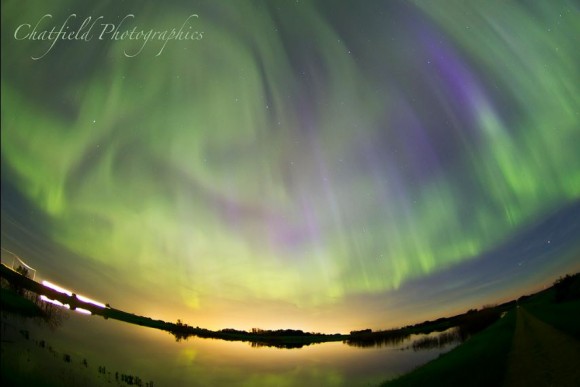
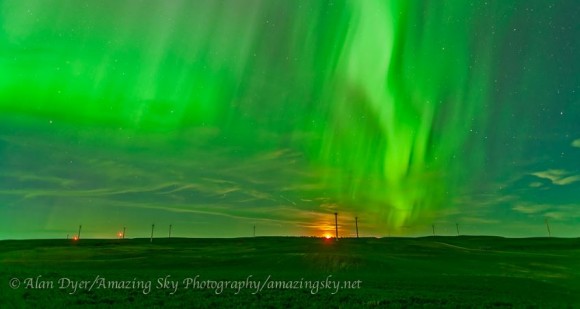

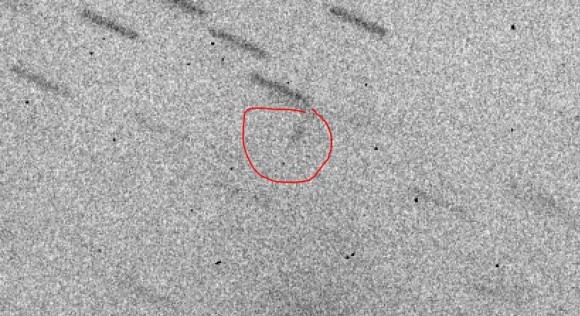
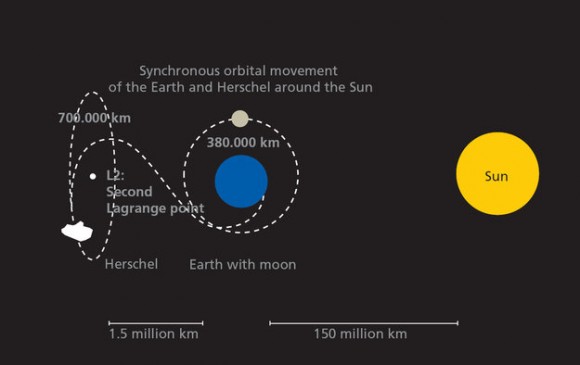
Users browsing this forum: No registered users and 5 guests